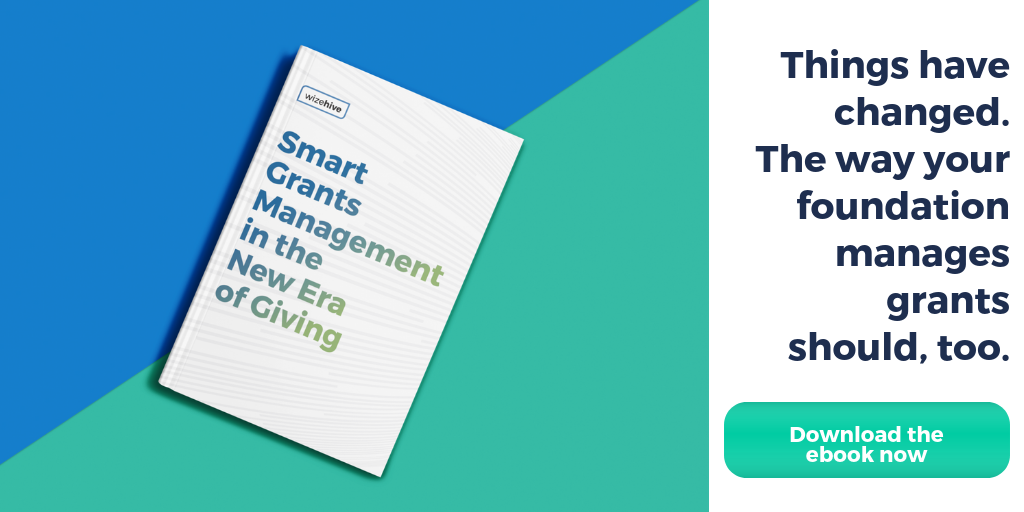In Part I of this series, we started to examine an often-overlooked area where bias and discrimination can lurk: your company’s internal processes including standard applications for scholarships and grants (and why it matters). For Part II, we continue this discussion with a look at the review process and applicant pool.
Part I covered the first two steps of our equity checklist:
- Creating Your Application
- Designing the Application Process
Here are two additional areas of consideration to ensure your process embeds equity into every step of the application process:
- Ensuring An Equitable Review Process
- Encouraging A Diverse Applicant Pool
Ensuring An Equitable Review Process
- Choose representative reviewers – As you build the review team, ask yourself:
- Do your reviewers reflect the population you serve?
- Is there enough diversity to make sure you’re seeing all perspectives?
- Do you need representation from individuals outside your industry or field?
- Lean on technology to help remove potential bias – Your grant management platform should be able to help you facilitate a more unbiased review process, including features like hiding demographic data and randomizing reviewer assignments.
- Clearly define criteria – As you review your evaluation criteria, don’t leave room for interpretation. Provide your reviewers with a detailed definition of each criterion, so they’re reading each application through the same lens.
- Be transparent – Visibly share the selection criteria and members of the review committee with applicants so everyone understands the measures by which they will be evaluated.
Encouraging A Diverse Applicant Pool
- Create awareness – If marginalized communities don’t know about your funding or scholarships, they can’t apply. Examine your pipeline to determine if you’re casting a wide enough net outside of your familiar go-to organizations.
- Expand your networks – Attend diverse community meetings, events, or town halls to promote your program. Build relationships with diverse leaders and affinity groups. Ask reviewers, awardees, and community leaders who might benefit from your grants and scholarships.
- Review application and promotional materials. – Ask people from diverse backgrounds to review your materials for tone and barriers. They should be reflective of diverse communities. You may also consider translating your materials into other languages.
Reviewing your application process from start to finish may not eliminate all areas of bias and discrimination from your corporate social impact programs, but it will most certainly reveal ways to improve your procedures and workflow and can help you target areas of improvement for the future.
Need help thinking through your corporate grantmaking or scholarship program through an equity lens? reach out to schedule your personal demo today.
